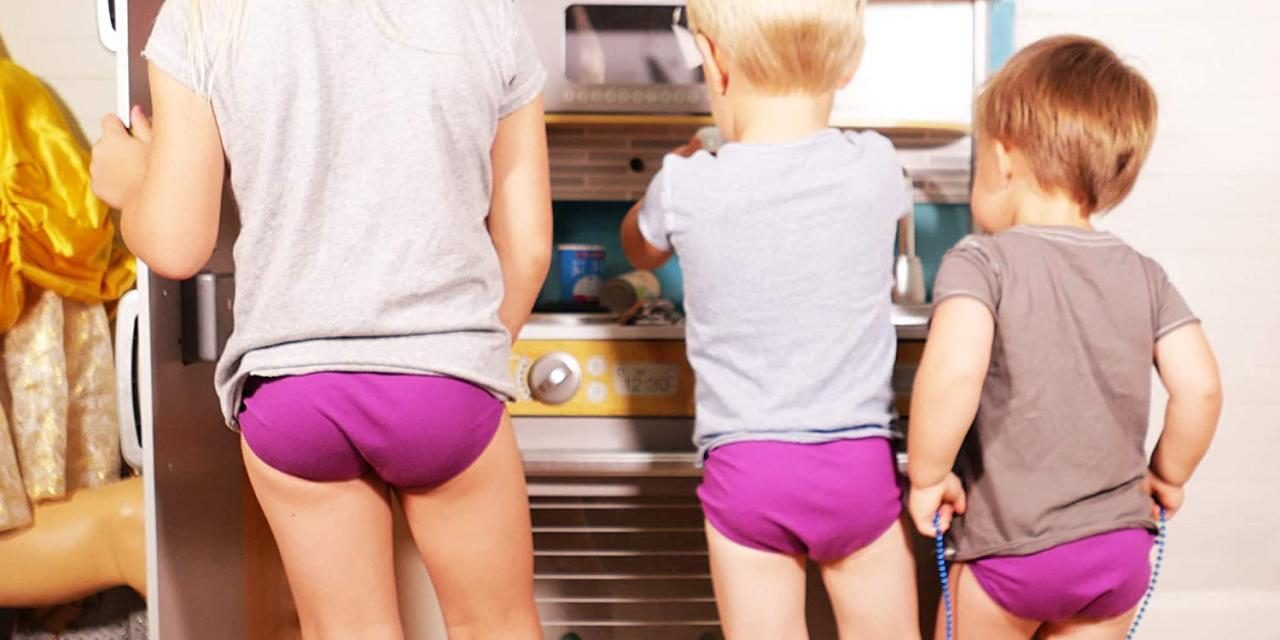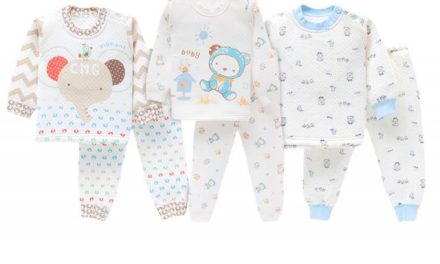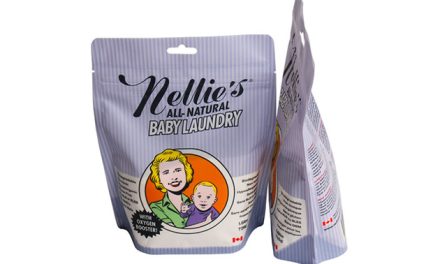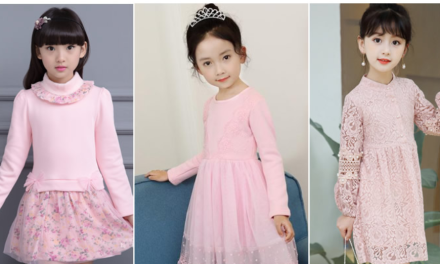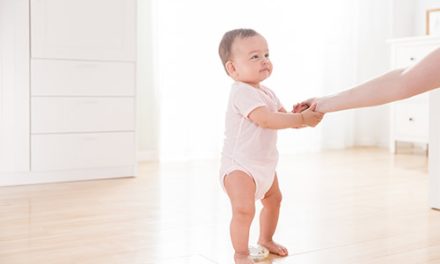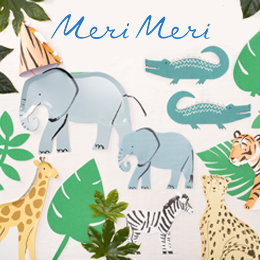Underwear is something that the baby’s delicate skin is in direct contact, and every day from birth to growth, the baby feels far more considerate from it than the mother’s hands. As the baby’s intimate clothing, mothers must be careful when helping their babies choose underwear. How to choose the right underwear that is good quality and suitable for your baby? Next, I will tell you about it.
How to choose baby’s underwear
When choosing baby underwear, you need to consider your baby’s age, size, height and weight. And the size of each country is different, such as Japan is set according to the height, China is based on the height and body shape of the baby, Europe and the United States are based on the age and body shape of the baby. The most important thing for mothers to look at the baby’s body shape when buying, the following is the Chinese baby clothing size chart, for your reference for moms.
How to choose baby underwear Children’s underwear shopping tips
In addition to the children’s underwear size comparison chart as a reference, other aspects should be considered for purchase:
First, the texture is meticulous
The texture directly determines the touch of the underwear and is the first factor to consider when choosing. Cotton underwear has become the only choice for the texture of baby’s underwear with its good sweat absorption and breathability and comfortable feel. Generally speaking, there are four kinds of cotton fabrics used to make baby underwear:
Knitted ribbed fabric: This is an elastic knitted fabric with a thin texture, characterized by elasticity, strong breathability, good hand feel, but slightly poor warmth, so it is not suitable for winter and is the best choice for summer.
Knitted cotton wool cloth: slightly thicker than ribbed cloth, is a double-layer elastic knitted fabric, characterized by excellent elasticity, warmth, breathability and good hand feel, suitable for autumn and winter underwear.
Cotton gauze: is a kind of flat woven fabric, because of the thin and large fiber gap, excellent air permeability, but elasticity, heat preservation and hand feel general, easy to shrink after washing, mainly used for summer underwear.
terry cloth: that is, terry pure cotton cloth, because of the thick texture, has strong warmth and good elasticity and feel, but the breathability is slightly poor, generally used for autumn and winter underwear.
Second, the workmanship is fine
Unlike adult clothing, baby underwear pays attention to workmanship not for beauty, but for safety and comfort. Finely crafted underwear generally pays more attention to the baby’s physical characteristics in terms of cut design, such as: the baby’s neck is always turning, the jaw and neck are easy to sweat, so the collar socket should not be too deep; The sleeve seam design affects the movement of the baby’s arms, and it is best to use a three-dimensional cut at the level of the sleeves and shoulders; The baby’s belly is relatively delicate, so the overlapping design of the abdomen can ensure that the baby does not get cold. In addition, because the baby’s underwear needs to be washed frequently, finely crafted clothes can ensure that buttons, straps, etc. are not easy to fall off, so as to avoid accidents such as baby’s accidental ingestion.
Third, the function is refined
Although the baby’s underwear is small, there are many types, long, short, robe-like, frog-shaped, daily wear, sleeping wear, there are as many as seven or eight kinds, and the different effects of each should be considered when choosing. For example: robes-like underwear are characterized by loose hems, suitable for babies before learning to crawl, during this period, his diapers are changed very frequently, as long as the hem is lifted; 2-3 months old baby’s legs and feet have increased movement, suitable for underwear with a hem divided in two; The frog style is more convenient for leg kicking and can avoid femoral dislocation; Compared with daily underwear, pajamas are more focused on warmth.
In addition, the choice of underwear function is also temporal, generally according to the baby’s growth stage, from convenient for the mother to put on and take off or change diapers gradually to facilitate the baby’s “manual feet”.
Fourth, pay attention to details
Attention to detail is an important yardstick to measure the mother’s carefulness, and it is also the most common mistake when choosing baby underwear.
Color: Baby’s underwear should be white, so that it is possible to minimize the damage caused by various colored dyes to the baby, and is conducive to finding some abnormal conditions, such as abnormal color feces or blood stains left by the baby’s own scratching skin. However, some overly white underwear may contain fluorescent agents and should be selected carefully.
Seams: Rough seams are easy to irritate your baby’s skin, especially under the armpits, wrists, etc., so you may wish to put it next to your cheek when choosing. Some brands of underwear turn all underwear sewn outwards, which is safer.
Buttons and knots: Baby underwear is best knotted to be safe and “close” to your baby’s body shape. Underwear with buttons, it is best to choose to use cloth buttons, which are softer and more comfortable than metal, plastic, and wood, and will not have burrs and other dangerous hidden dangers. Whether it’s a button or a knot, check the firmness when choosing, or buy it back and nail it again.
How to wear baby underwear
Newborns are dressed first with a top and then pants. First let the baby lie flat on the bed, check if the diaper needs to be changed, so that the baby does not wet the bed during the process of dressing, and then you can put on the top.
1. Jumper
(1) Fold the blouse into a circle along the neckline, put two fingers in the middle to open the collar of the blouse, and then pass it over the baby’s head. In order to avoid the fear of the baby being blocked from sight when pulling over, the mother should talk to him while distracting him.
(2) Wear sleeves. Fold one sleeve into a circle along the cuff, pass the mother’s hand through the middle, hold your baby’s wrist and gently pull it through the sleeve, put the sleeve over the baby’s arm, and then wear the other sleeve in the same way.
(3) Finishing. Gently lift your baby up with one hand and pull the shirt down with the other.
2. Wear pants
(1) First fold the trouser leg into a circle, pass the mother’s fingers through it, hold the baby’s ankle, and gently pull the foot over.
(2) After putting on both trouser legs, lift your baby’s legs and straighten your pants.
(3) Pick up the baby, lift the waistband to cover the top, and tidy up the clothes.
3. Jumpsuits
If it’s a one-piece garment, undo all the buttons so that your baby lies flat on the garment, neck aligned with the collar, and then slip the garment into your baby’s arms and legs in the same way as above. Pay attention to the movement of the baby when dressing the baby, follow the direction of his limb bending and movement, and not pull hard, so as to hurt the baby.

